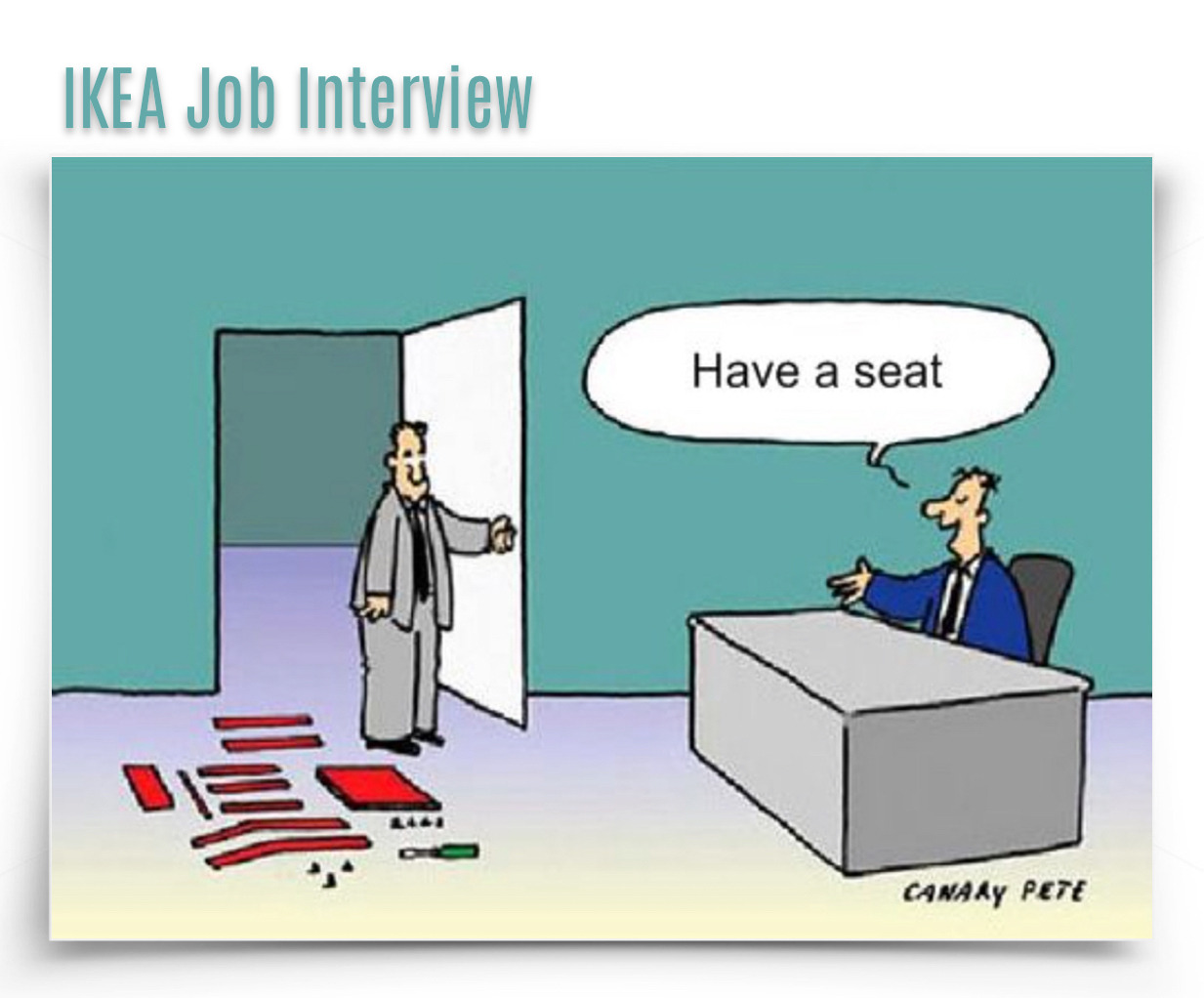by Ariella Brown
“The Sci-Fi Shopper: How to Future-Proof Your Brand for the New Consumer” is the title of the ebook they published on the subject. Darin Archer, Elastic Path’s Chief Strategy Officer, spoke to me about the difference between assumptions about the appeal of technology and how it actually can be useful in building better relationships between brands and consumers.
Their initial premise was that the “Jetsons” style tech that can be done today is what consumers want. But as it turns out, consumers don’t care about the wow factor of experiencing “sci-fi” style technology. What they really care most about is convenience.
The advanced tech that they found attractive was not “the super flashy,” Archer said, but “what makes my life easier.” As the report tells marketers, today’s consumer “expects streamlined, easy and frictionless” purchase processes. The brands that will win customers are the ones that will deliver it to them.
That means that brands should look into anything that can make it easier for customers to finalize the purchase. That’s where voice activation can be helpful. But as for the tricks of AR and VR, customers, they’re only of interest if they are perceived to be useful. Archer observed that they found that 56 percent of shoppers said VR was over-hyped, but only 38 percent said that of AR.
He suggested that this could be due to the fact that at present there are more practical use cases for AR than for VR. He offered examples like showing what a kitchen appliance would actually look like, in its place in your kitchen, or how a rug not just fills your living room but how it looks under your furniture.
Brands and customers not on the same page
What’s really interesting is how the brands are so far off in identifying the primary concerns of their customers. For example, the top item on a customer’s wishlist (67 percent) is checkout-less payment options.
Only 18 percent of brand representatives identified that as what their customers would like to have. They failed to perceive that customers really wish “to solve pain points like long lines,” Archer pointed out.
The second technological convenience customers would like is smart devices. More than half (58 percent) identified that, but only a quarter of brand representatives understood that to be desirable for customers. There was a similar gap for voice-enabled commerce, which 57 percent of customers said they wanted, and only 23 percent of brand representatives anticipated that.
Read more in Convenience Drives Consumers’ Tech Demands
Related: When doing business with humans








